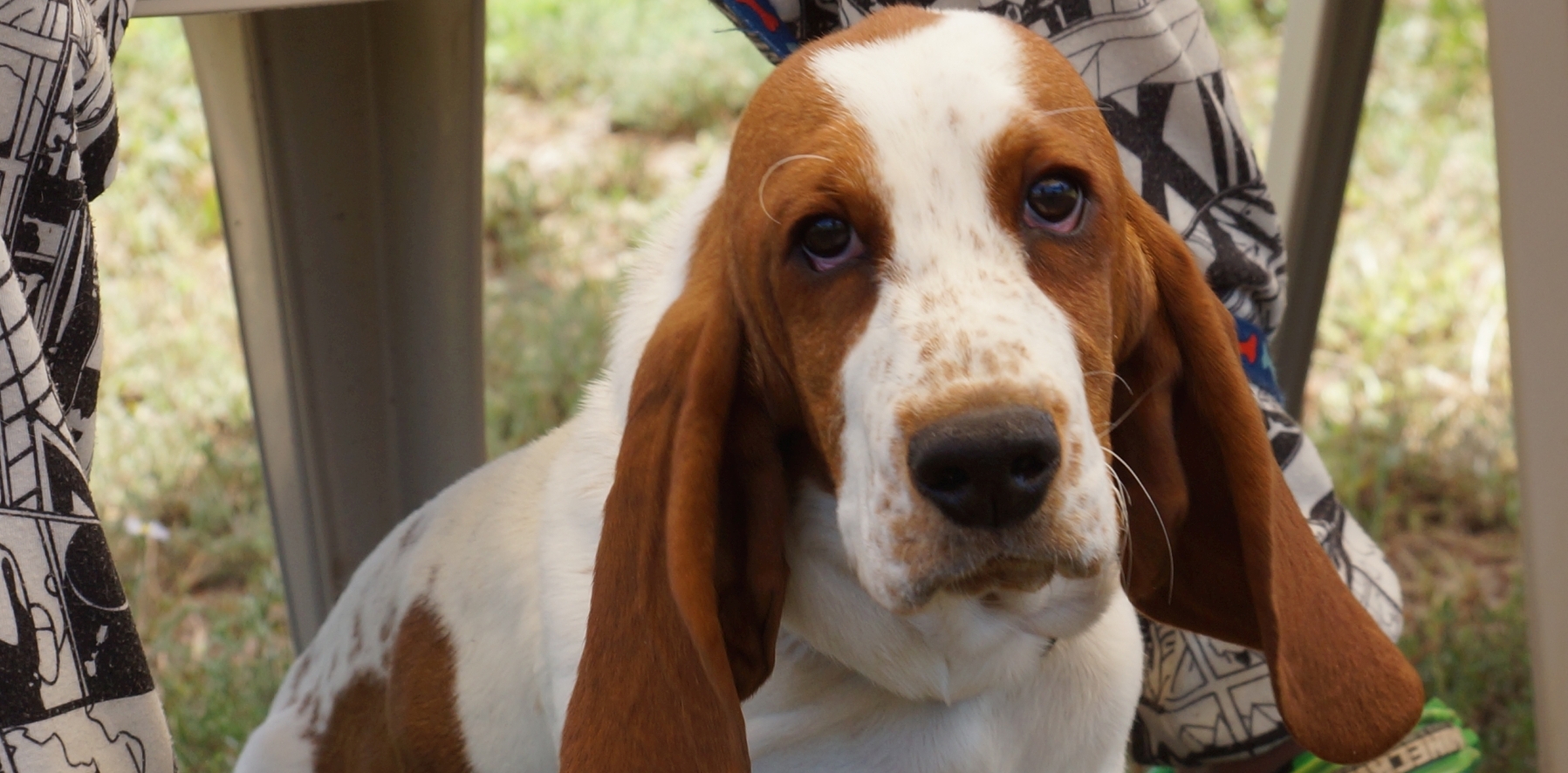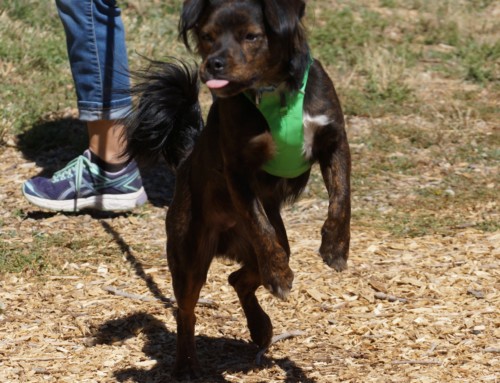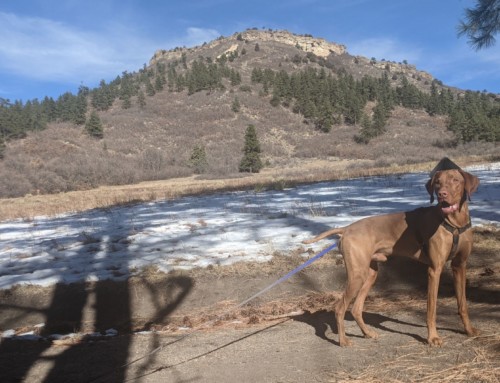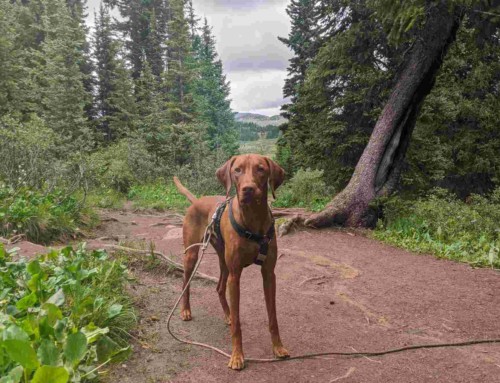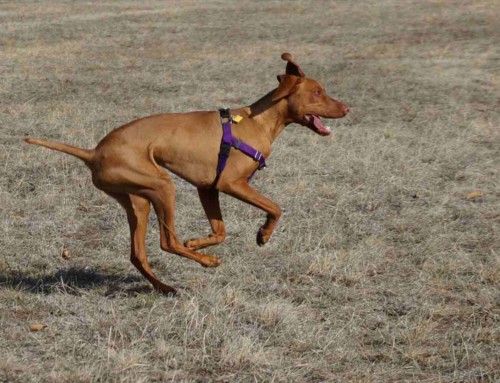DOG TRAINING OFFERED IN-PERSON AND ONLINEOur dog training services are delivered in almost any format that meets your needs. We have GROUP CLASSES at our indoor and outdoor facilities on our farm, ONLINE LIVE STREAMING classes, and SELF-PACED VIDEO-BASED training through our Online Dog Training Course. Our PRIVATE TRAININGS can be done in-home, outside, in public dog-friendly locations, at our facility on our farm, online via phone or video conferencing and through email. |
This article is taken from my book, Juvenile Delinquent Dogs: The Complete Guide to Saving Your Sanity and Successfully Living with Your Adolescent Dog.
Chapter 1: Setting Expectations, Page 13
Dogs have been bred for various purposes. By considering what your dog’s breed was originally bred to do, you will get a good idea of the characteristics you will be dealing with that might influence your expectations and help or hinder your training progress. For example, some dogs were bred to:
- Work closely with people;
- Work independently away from people;
- Find or chase down animals of various sorts;
- Retrieve animals once a person killed the animals;
- Kill animals themselves;
- Herd livestock;
- Protect livestock from predators;
- Protect property from intruders;
- Sit on people’s laps and keep them warm when it’s cold
Dogs who were bred to work closely with people and take direction (for example, herding dogs), are generally easier to train because they were bred for it. Dogs who were bred to work independently are generally more difficult to train because they were not bred for working closely with people and often don’t take direction as easily. Think of the terriers that were bred to kill rodents or the sighthounds that were bred to chase prey over long distances. They are not “people” dogs like some of the herders or retrievers; they need other motivators. This does not mean that these dogs are not trainable, but it might mean you might need to work harder to figure out how to motivate them.
Keep in mind that breed characteristics are a generalization and that not every dog of that breed will fit those characteristics. For example, Labrador Retrievers tend to be highly motivated by food. They are natural retrievers and love the water. The breed tendency might be for those characteristics as they are well suited to the job that the dogs were bred to do. However, many dogs are not bred for field work or the job they were originally intended for, and are instead bred to be companions. The usual breed characteristics may not be as strong in those dogs. As a result there are plenty of Labs who are not as motivated by food, who don’t automatically bring the balls back that you throw for them, and who won’t set foot in the water.
A dog’s tendencies also can be affected by his early upbringing. While a dog’s breed might tend toward being strong swimmers, that genetic tendency might never surface in dogs who were not exposed to water at an early age.
Some breeds are characteristically friendly with people and some tend to be much more aloof. However, those characteristics might change if a dog of a friendly breed is kept away from all strangers as a puppy or if a dog belonging to an aloof breed is well socialized and learns to love people.
Breed characteristics are a general guideline, but remember that each dog is an individual and will not necessarily fit the breed standard to a “T.” Knowing the characteristics of your dog’s breed is a good place to start in understanding your particular dog, but you also need to get to know your dog as an individual.
Our goal is to positively impact the lives of as many dogs and their families as we can, in part through our extensive library of video, infographics and text articles. 
|

